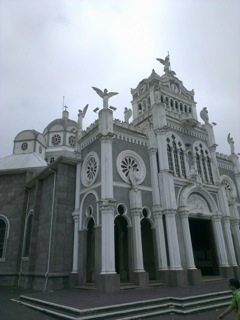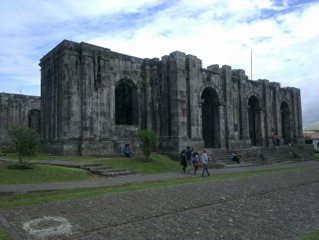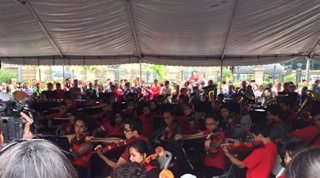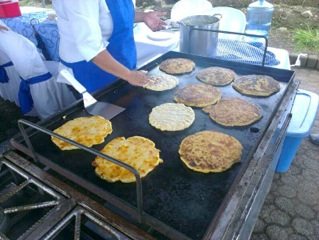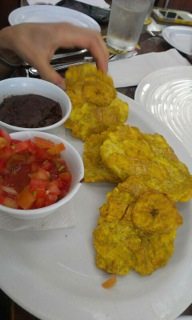Uncovering San Jose, Poco a Poco
I once read in a book about a way to distinguish one city from another. It was said that each city has a word that underlies it. If you were to hear what the majority of the people were thinking, it would include this word. This word is how you feel when you walk the streets, drink in the coffee shops, and read in the libraries. For two months I have been trying to figure out the word for San Jose, Costa Rica, but time and time again it escapes me. Today, I realized that there is no word, rather a string of melodies.
Upon arriving in Costa Rica it was apparent that music holds an important place in tico culture. It is not just played formally in concert halls.
It’s also on the streets of San Jose, being played by a homeless man who only owns a saxophone. Or the soft tones of reggae blasting from an old stereo on the beach. Even when my host parents dance tango around the kitchen while preparing dinner. In Costa Rica, music is akin to breathing.
At first San Jose seems daunting, like a city that can never feel like home. It has over 280,000 people, the buildings have a run-down charm, and getting around on a bus seems nearly impossible. Music is what helped me feel at home in the large and seemingly impenetrable city.
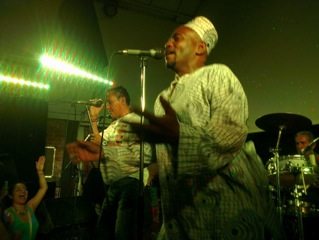
A taste of the music – from live singers to a classical concert in front of the National Theatre of Costa Rica
I began my placement at the music organization SINEM two weeks after I arrived. After speaking Spanish for only two weeks, I was thrown into teaching. While I was nervous, I also felt a sense of calm. The children were learning the same pieces I had learned as a young violin student. They had the same questions about proper posture and rhythm as I did. And while I couldn’t always speak correctly in Spanish to explain it to them, my violin never failed to help me teach the lesson.
I soon realized that getting used to life in San Jose is like learning a piece of music, poco a poco. First you learn the rhythm, just as I first had to learn Spanish.
Next are the notes. At first this is a tedious task – is it a sharp or a flat? For me, it was the buses and directions. The buses have no routes or numbers, and there are no street signs or house numbers. Instead, you learn day by day, going by the city’s landmarks.
After, you can begin to explore the musicality of a piece. You know the basics, and now you can add the texture. The next step was to explore the city, indulge in its surprises. I learned where I could get the best coffee, where the best used books stores were, and where I could get the best Costa Rican food.
With the help of music, the once cold and daunting San Jose was turned into a vibrant city of tango and salsa, something out of a cheesy 80’s sitcom. Poco a poco I learned how to exist in San Jose, and every day I learn a new word, find a new route to work, or stumble upon a new store. The best places and people are revealed to you slowly, and that is the true charm of this Latin American city.
Written by Georgina Giannopoulos
Performing Arts Abroad Music Volunteer in Costa Rica
If you’d like to learn more about her program, go here.
